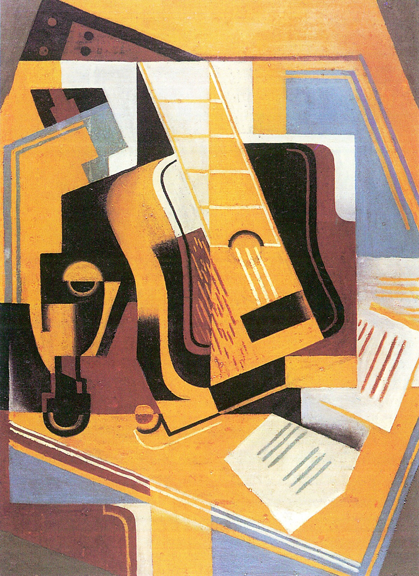News blog - artistravel international
Part 3: The Most Famous Painters in Art History
Expressionism: Emotional Painting
At the beginning of the 20th century, a style of art emerged in France and Germany that also defied the old academic standards of painting: Expressionism. The representatives - like the Impressionists - were not interested in a true-to-detail depiction of reality, but in the feeling it triggered. In order to represent their subjective feelings, the Expressionists changed the motif by simplifying, exaggerating and distorting it.
The Dutchman Vincent van Gogh and the Norwegian painter Edvard Munch were considered pioneers of Expressionism. Two of the world's best-known paintings and at the same time the most important expressionist works come from the two artists: Van Gogh's Variations on Sunflowers (1888/1889) and Munch's painting ‘The Scream’, of which he painted four almost identical versions between 1893 and 1910. Other famous representatives of Expressionism were the French painters Henri Matisse and Paul Gauguin.
Icons of Modernism: "The Black Square"
Cubism is regarded as the precursor of abstract art. Cubism is based on Paul Cézanne's assumption that all natural objects can be traced back to cones, spheres and cylinders. With the targeted use of colour, the Cubists divided all objects into their basic geometric forms without making the entire object unrecognisable.
The most famous representatives of this style were the Spanish painters Pablo Picasso and Juan Gris and the French painter Georges Braque. With the beginning of the First World War in 1914, the Cubist movement disintegrated. Even though paintings were created in the 19th century that did not show a concrete object, abstract art created something completely new in the 1910s: Nonrepresentational painting was declared art, which outraged many critics.
Famous painters of Pop Art: Andy Warhol and Roy Liechtenstein
As a reaction to industrial mass production and consumer society, a new art movement emerged parallel in the 1950s in Great Britain and the USA: Pop Art. The artists dealt with everyday objects and mass goods, i.e. popular things.
The founder of Pop Art was the Englishman Richard Hamilton with his collage "Just What Is It That Makes Today's Homes So Different, So Appealing?" of 1956. One of the most famous representatives of Pop Art is the American Andy Warhol with his paintings by Marilyn Monroe and the "Campbell's Soup Cans," which he reproduced countless times with the help of screen printing.
Roy Lichtenstein developed the comic style by imitating industrial printing techniques in his paintings and adding speech bubbles to his figures. Pop Art not only revolutionized the art world with its artworks, but also influenced advertising, graphics, and architecture.
Posted in Artists, Creativity on Mar 20, 2019


